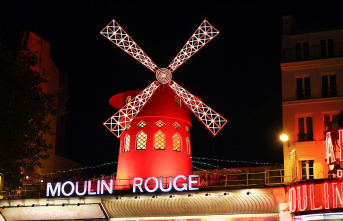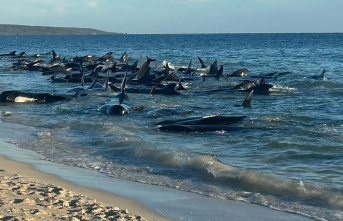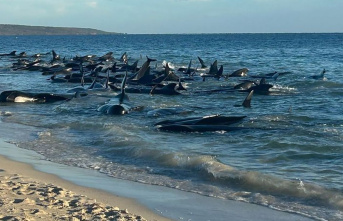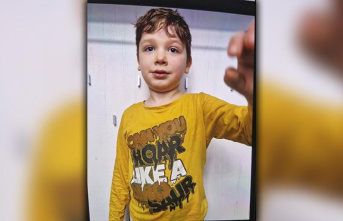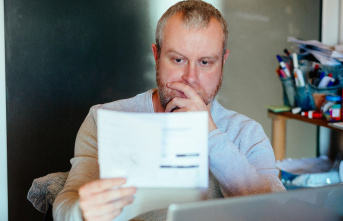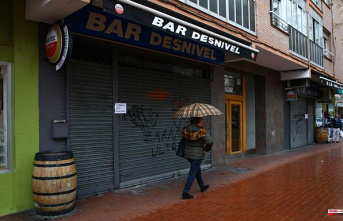Finland, in the process of joining NATO, has a small army made up of 13,000 professionals. However, it has a large number of reservists equivalent to a fifth of its population. If there are 5.5 million inhabitants in the Nordic country, 900,000 are reservists and, in times of war, its army has the capacity for 280,000 soldiers who can contribute to the Atlantic Alliance.
In the current context of war in Ukraine, Finns from all walks of life are taking part in military training in preparation for worst-case scenarios. Volunteers from all over the country have gathered this weekend on an island off the coast of Helsinki to acquire or refresh their military knowledge.
The war in Ukraine, for them, “was the last sign that you have to be prepared in life.
If something happens, you have to be more equipped to face a crisis," Ville Mukka, a 30-year-old engineer, told AFP. Wearing camouflage suits and branch-covered helmets, he and his companions learn hand-to-hand combat, detect explosives or move through the forest in a coordinated manner.
In the first week of the war in Ukraine, enrollment in volunteer defense programs grew. “Interest was about ten times higher than normal years,” explained Ossi Hietala, 29, a representative of the MPK, the Finnish National Defense Training Association.
Instead of 600 volunteers per week, the number rose to 6,000, prompting the Finnish state to pay MPK an additional three million euros.
Independent from Russia from 1917 and then invaded by the Soviet Union in 1939, Finland was at war with its powerful neighbor for much of World War II, ending in a de facto alliance with Nazi Germany.
The conflict led to the loss of much of its territory, followed by decades of enforced neutrality under Moscow's watch during the Cold War. "There is no need to go very far back in history to find points of convergence" with the war in Ukraine, "that is the most worrying thing," said Tuomas Vare, a 43-year-old participant. "That's definitely why I'm more active in my workouts," he admitted.
Finland announced its "historic" NATO bid on Sunday and Sweden did so on Monday, a direct consequence of Russia's invasion of Ukraine ending decades of military neutrality.
Since the beginning of the Ukrainian conflict, the number of supporters of the alliance in Finland tripled, reaching more than 75%. «I think that Finland as a small country has no other reasonable way to defend itself and its sovereignty. I support the alliance," Mukka said.
Moscow expressed its irritation at the proposed accession of the two Nordic countries and threatened with a "response".
MPK trainings, which offer a wide range of courses to prepare the population for a crisis, receive about 40,000 people a year. Trainings range from basic level map reading or camping in the woods, to sniper training and use of anti-tank weapons.
“Those who come are ordinary Finns. These people want to develop their skills, train and learn new things,” said Hietala. Most of the participants are reservists looking to refresh their skills.
Contrary to most European countries, Finland bases its defense on compulsory military service. All men between the ages of 18 and 60 are subject to conscription, while women participate on a voluntary basis.
Each year, more than 20,000 young conscripts do their service, which ranges from six months to more than a year. After that, they go to the reserve. "Reservists are 96% of the forces in wartime, so they are a very important part of the Finnish military defense," Hietala explained. "Much of the adult population has received military training at some point in their lives," she noted.
2


